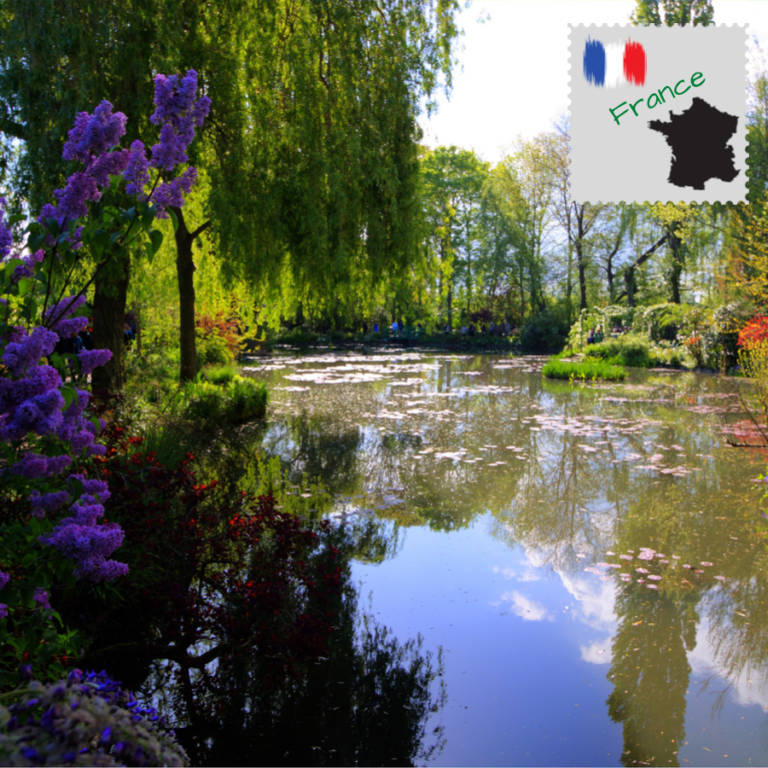
France offers a different type of vacation depending on which part you travel to. My first time in France was spent living within a Disney movie. Like The Hunchback of Notredame, I found myself roaming the streets of Paris and exploring food, art, and history within the country’s capital. Another visit would take me to the shores of Normandy France. Smacked with the reality of World War II the area is also home to a beautiful landscape home to the Palace and Gardens of Versailles, artist Claude Monet’s home and garden, and so much more.
The Republic of France is the 3rd largest country in Europe, only Russia and Ukraine have more land. France has a long coastline on the English Channel, the Bay of Biscay, and the Mediterranean. The Alps rise at its borders with Switzerland and Italy and the Pyrenees separate it from Spain and Andorra. France also shares borders with Belgium, Luxembourg, and Germany. The island of Corsica in the Mediterranean is also part of France.
For its sophistication and style, each of France’s regions has colorful traditions and strong individual identities. The sophistication of Paris, the fairytale châteaux of the Loire Valley, the elegant resorts of the Côte d’Azur, the flower-filled landscape of Provence, the cliffs, beaches, and WW II history of Normandy, and the vineyards of Bordeaux, Burgundy, and Épernay are but a few of the gems for the tourist to explore.


French, the official language, is the first language of 88% of the population. Most of those who speak minority languages also speak French, as the minority languages are given no legal recognition. 3% of the population speak German dialects, predominantly in the eastern provinces of Alsace-Lorraine and Moselle.

France uses the Euro and rarely accepts other foreign currencies.

You are allowed to travel to France and to all other members of the Schengen Area for up to 90 days for tourist or business purposes without a visa, as long as your U.S. passport s valid for at least 3 months after your planned return to the United States!

France is a Go Roam in Europe destination which means you can use your data here at no extra cost. If you have an Add-on with a data allowance of 20GB or greater, a fair use limit applies, with use over 20GB subject to a small surcharge. Wireless Internet (Wifi) in France. Wireless Internet connections are widely available in France, usually for a fee, and there are some free Wifi connections in surprising places, such as Paris parks, but there may be hassles as well.

Hotels €1 to €2 per bag is standard; gratuity for cleaning staff completely at your discretion. Bars No tips for drinks served at bar; round to nearest euro for drinks served at the table. Restaurants For decent service 10%. Pubic toilets For super-clean, sparkling toilets with music, €0.50 at most. Tours For excellent guides, €1 to €2 per person.

ATMs at every airport, most train stations, and on every second street corner in towns and cities. Visa, MasterCard, and Amex widely accepted. Automated Teller Machines (ATMs) – known as distributeurs automatiques de billets (DAB) or points d’argent in French – are the cheapest and most convenient way to get money. ATMs connected to international networks are situated in all cities and towns and usually offer an excellent exchange rate.

You need a power plug adapter in France when living in the United States of America. You also need a voltage converter. Be extra careful with certain appliances because of the difference in frequency. In France, the power plugs and sockets are of type E. The standard voltage is 230 V and the standard frequency is 50 Hz.

The best times to visit France are in spring (April-May), summer (June-August), and fall (September- October). France enjoys mild temperatures, although there are regional variations: there’s a Mediterranean climate in the south and wetter weather in the north, near the English Channel. One of the cheaper times to travel is during the winter months.
All medium and large train stations – and many small ones – have a taxi stand out the front. In small cities and towns, where taxi drivers are unlikely to find another fare anywhere near where they let you off, one-way and return trips often cost the same. Tariffs are about 30% higher at night and on Sundays and holidays. A surcharge is usually charged to get picked up at a train station or airport, and there’s a small additional fee for a fourth passenger and/or for suitcases.
Certain regions – the Loire Valley, the Luberon in Provence and Burgundy – beg to be explored by two wheels and have dedicated cycling paths, some along canal towpaths or between orchards and vineyards.
Cheaper and slower than trains. Useful for more remote villages that aren’t serviced by trains. Buses are widely used for short-distance travel within départements, especially in rural areas with relatively few train lines (e.g., Brittany and Normandy). Unfortunately, services in some regions are infrequent and slow, in part because they were designed to get children to their schools in the towns rather than transport visitors around the countryside.
France’s high-speed train network renders rail travel between some cities (eg from Paris to Lyon, Marseille, and Bordeaux) faster and easier than flying.
Meander away from cities (where parking is challenging) and a car comes into its own. Mooching along peaceful country lanes, past vineyards, and fruit orchards is one of France’s greatest joys. Hire wheels at airports and train stations.
Run by the state-owned SNCF, France’s rail network is truly first-class, with extensive coverage of the country and frequent departures. Traveling by train in France is a comfortable and environmentally sustainable way to see the country. Since many train stations have car-hire agencies, it’s easy to combine rail travel with rural exploration by car.
There are boat services along France’s coasts and to its offshore islands, and ferries aplenty to/from Corsica.
In France, food is sacred. When preparing a dish, the freshest, best quality ingredients one can afford are chosen. Before anyone eats a bite, the table is laid with care, even if it’s just a simple lunch. During the meal, people put away their phones and no one watches the clock. Eating is a celebration of both the food before you and the company around you. It is this reverence for food that many lovers of French cuisine value as much as the food itself. French food culture, according to UNESCO, is important for ‘bringing people together to enjoy the art of good eating and drinking’ and the power to create ‘togetherness, the pleasure of taste, and the balance between human beings and the products of nature’. French cuisine developed throughout the centuries influenced by the many surrounding cultures of Spain, Italy, Switzerland, Germany, and Belgium, in addition to its own food traditions on the long western coastlines of the Atlantic, the Channel, and of course inland.
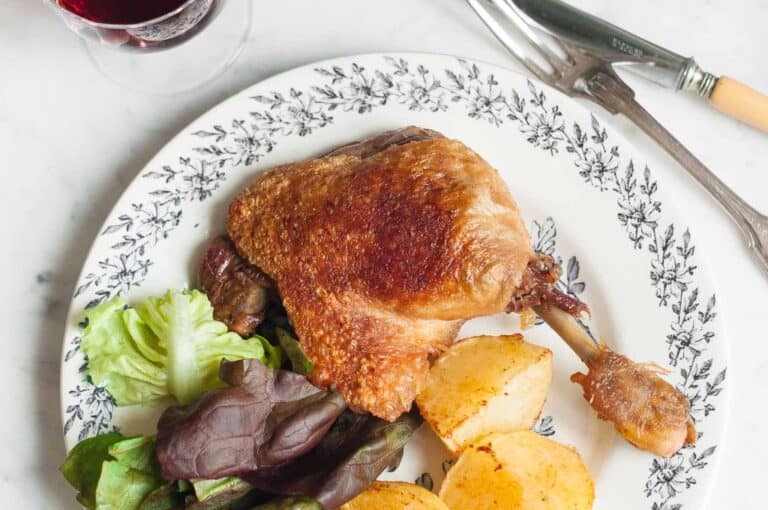
France can be visited in many ways, and your choices will determine the type of vacation you have. There are many different types of accommodations in France. One type of accommodation in France is the chambres d’hotes – premium Bed and Breakfasts. While staying in these French B&Bs, you will have the opportunity to meet and interact with French people and better understand the French culture. Boutique hotels are smaller hotels normally with 15 to 30 rooms. The small number of employees gives a ‘family atmosphere’, and they are helpful and available for our travelers.
The decoration of the boutique hotel we have selected in Paris is charming and lovely, and usually specific to each room. The most common hotel chains in France are owned by the Accor group. Along your way, in France, you will see Best Western, Ibis, Première Classe, or Novotel. They guarantee a good level of service with an identical decoration, room layout, and continental breakfasts throughout the entire world.
According to Atout France – the government entity that provides all tourism accreditations in France – there are 16 Luxury Hotels in the whole of France. These luxury hotels have their own customer base coming from all around the world and they do offer the most sophisticated quality of service. However, they might not be the best place to interact with French people. Also, of course, prices are skyrocketing and are not really in line with the type of itineraries we design. If you want to experience Paris like a Parisian, an apartment rental in Paris can be a great option. Out in the French countryside, you will often find gites, which are like vacation rentals or cottage rentals. They are lovely houses usually to rent for an entire week from Saturday to Saturday.

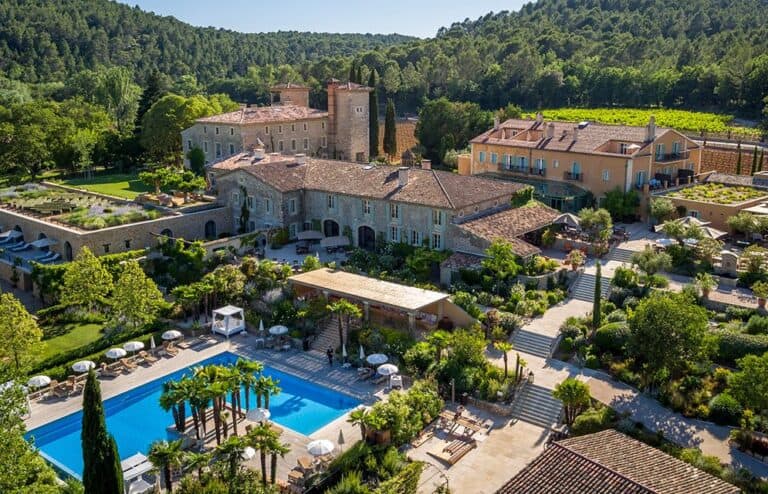

The Basilica of the Sacred Heart of Paris, commonly known as Sacré-Cœur Basilica and often simply Sacré-Cœur, is a Roman Catholic church and minor basilica in Paris, France, dedicated to the Sacred Heart of Jesus. Sacré-Cœur Basilica is located at the summit of the butte Montmartre, the highest point in the city.
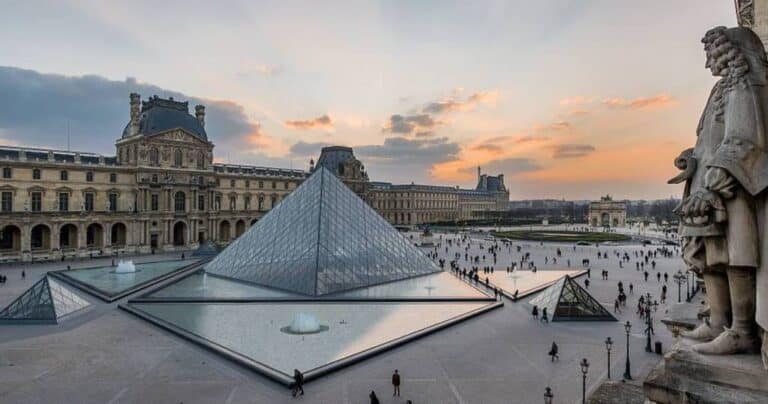
The Louvre is the world’s largest museum and houses one of the most impressive art collections in history. The magnificent, baroque-style palace and museum — LeMusée du Louvre in French — sits along the banks of the Seine River in Paris. It is one of the city’s biggest tourist attractions.
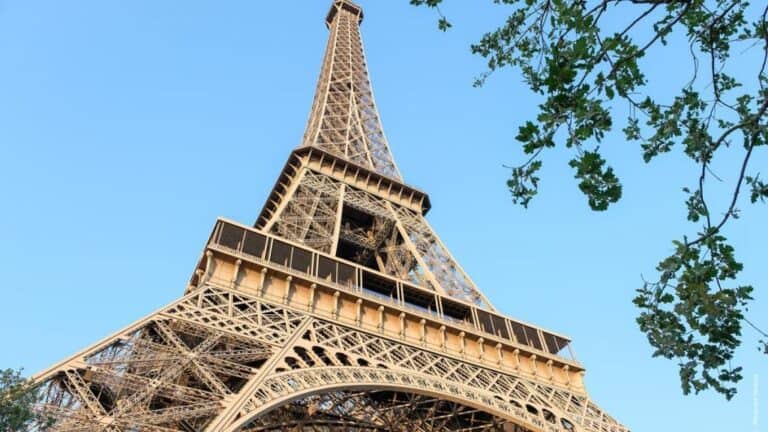
For 130 years, the Eiffel Tower has been a powerful and distinctive symbol of the city of Paris, and by extension, of France. At first, when it was built for the 1889 World’s Fair, it impressed the entire world by its stature and daring design and symbolized French know-how and industrial genius.

The Foundation Claude Monet is a nonprofit organization that runs and preserves the house and gardens of Claude Monet in Giverny, France. The house and gardens, where Monet lived and painted for 43 years, have been recognized as among the Maisons des Illustres, and a Jardin Remarquable, rewarding their outstanding qualities. The estate was classified as a Monument Historique in 1976.

The Palace of Versailles was the principal royal residence of France from 1682, under Louis XIV, until the start of the French Revolution in 1789, under Louis XVI. It is located in the department of Yvelines, in the region of Île-de-France, about 20 kilometers southwest of the center of Paris. The Gardens of Versailles occupy part of what was once the Domaine royal de Versailles, the royal demesne of the château of Versailles.
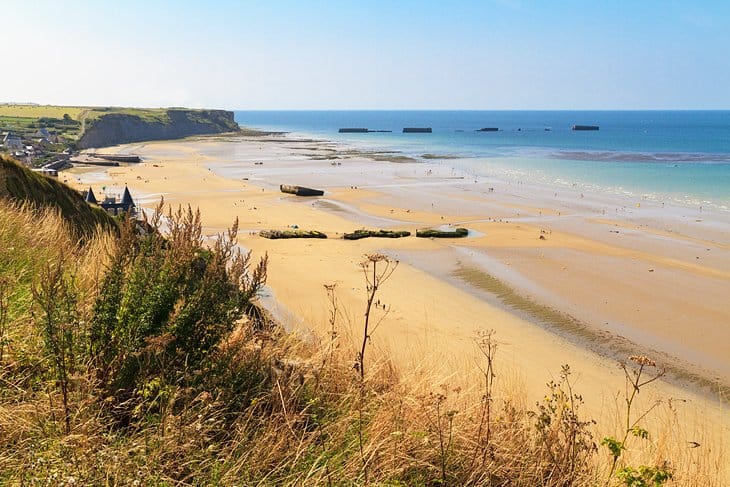
Normandy is a region of northern France. Its varied coastline includes white-chalk cliffs and WWII beachheads, including Omaha Beach, the site of the famous D-Day landing. Just off the coast, the rocky island of Mont-Saint-Michel is topped by a soaring Gothic abbey. The city of Rouen, dominated by Cathédrale Notre-Dame de Rouen, is where the military leader and Catholic saint Joan of Arc was executed in 1431.
Accommodation:
Hotel or Hostel (single): $46
Double-occupancy room: $91
Midrange hotel: $90
Food
Meals for one day: $15
Cheese: $16
Dinner for 2: $45-57
Dinner on River Cruise: $105
Breakfast for 2: $37
Cookie: $1.22
Lunch for 2: $55
Transportation
Taxis, local buses, train: $11
Intercity: $21
Train: $24
Hop-on Hop-off tourist bus: $23
Metro tickets: $8.28
Funiculaire: $6.33
Parking: $1.70
Train from airport: $11
Local bus: $1.34
Metro pass: $3.65
Entertainment
Entrance tickets & shows: $11
Catacombs for 2: $28
Winery tour for 2: $24
Admission to Pantheon: $6.09
Castle entrance fee: $6.70
Louve entry for 2: $22
Tips & Handouts:
Guides & Service providers: $4.97
Scams, robberies, & mishaps: $34
Alcohol
Drinks for one day: $5.09
Wine: $17
Bottle of wine: $18
Drinks for 2: $8.28
Beer: $3.17
Sangria: $6.09
Water
Bottled water for one day: $1.22
Orange juice: $1.58
Perrier: $3.65
Coffee: $3.41-4.14
1.5 L water: $2.45
Accommodation
Hotel or rental home (single): $147
Double-occupancy room: $296
Midrange hotel: $90
Food
Meals for one day: $37
Cheese: $16
Dinner for 2: $45-57
Dinner on River Cruise: $105
Breakfast for 2: $37
Cookie: $1.22
Lunch for 2: $55
Transportation
Taxis or Car rental: $28
Intercity: $54
Train: $24
Hop-on Hop-off tourist bus: $23
Metro tickets: $8.28
Funiculaire: $6.33
Parking: $1.70
Train from airport: $11
Local bus: $1.34
Metro pass: $3.65
Entertainment
Entrance tickets & shows: $30
Catacombs for 2: $28
Winery tour for 2: $24
Admission to Pantheon: $6.09
Castle entrance fee: $6.70
Louve entry for 2: $22
Tips & Handouts:
Guides & Service providers: $18
Scams, robberies, & mishaps: $106
Alcohol
Drinks for one day: $13
Wine: $17
Bottle of wine: $18
Drinks for 2: $8.28
Beer: $3.17
Sangria: $6.09
Water
Bottled water for one day: $1.22-2.91
Orange juice: $1.58
Perrier: $3.65
Coffee: $3.41-4.14
1.5 L water: $2.45
Accommodation
Resort or hotel (single): $555
Double-occupancy room: $1,110
Food
Meals for one day: $88
Cheese: $16
Dinner for 2: $45-57
Dinner on River Cruise: $105
Breakfast for 2: $37
Cookie: $1.22
Lunch for 2: $55
Transportation
Car Rentals or private driver: $72
Intercity: $133
Train: $24
Hop-on Hop-off tourist bus: $23
Metro tickets: $8.28
Funiculaire: $6.33
Parking: $1.70
Train from airport: $11
Local bus: $1.34
Metro pass: $3.65
Entertainment
Entrance tickets & shows: $96
Catacombs for 2: $28
Winery tour for 2: $24
Admission to Pantheon: $6.09
Castle entrance fee: $6.70
Louve entry for 2: $22
Tips & Handouts:
Guides & Service providers: $77
Scams, robberies, & mishaps: $392
Alcohol
Drinks for one day: $32
Wine: $17
Bottle of wine: $18
Drinks for 2: $8.28
Beer: $3.17
Sangria: $6.09
Water
Bottled water for one day: $1.22-6.38
Orange juice: $1.58
Perrier: $3.65
Coffee: $3.41-4.14
1.5 L water: $2.45
When planning for your trip to France, don’t forget about travel insurance! You never know what might happen and it’s better to be safe than sorry.

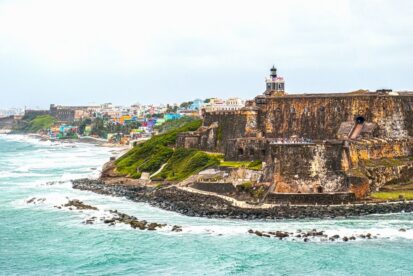


Interested in traveling the world while getting paid? Here at Diversifying Globetrotters LLC, we are partnered with Melanin On The Map and Travel Coach Network to help people across the world find financial, personal, and time freedom. Join the hundreds of others making the change to better themselves while exploring the world and adding money to their pockets.